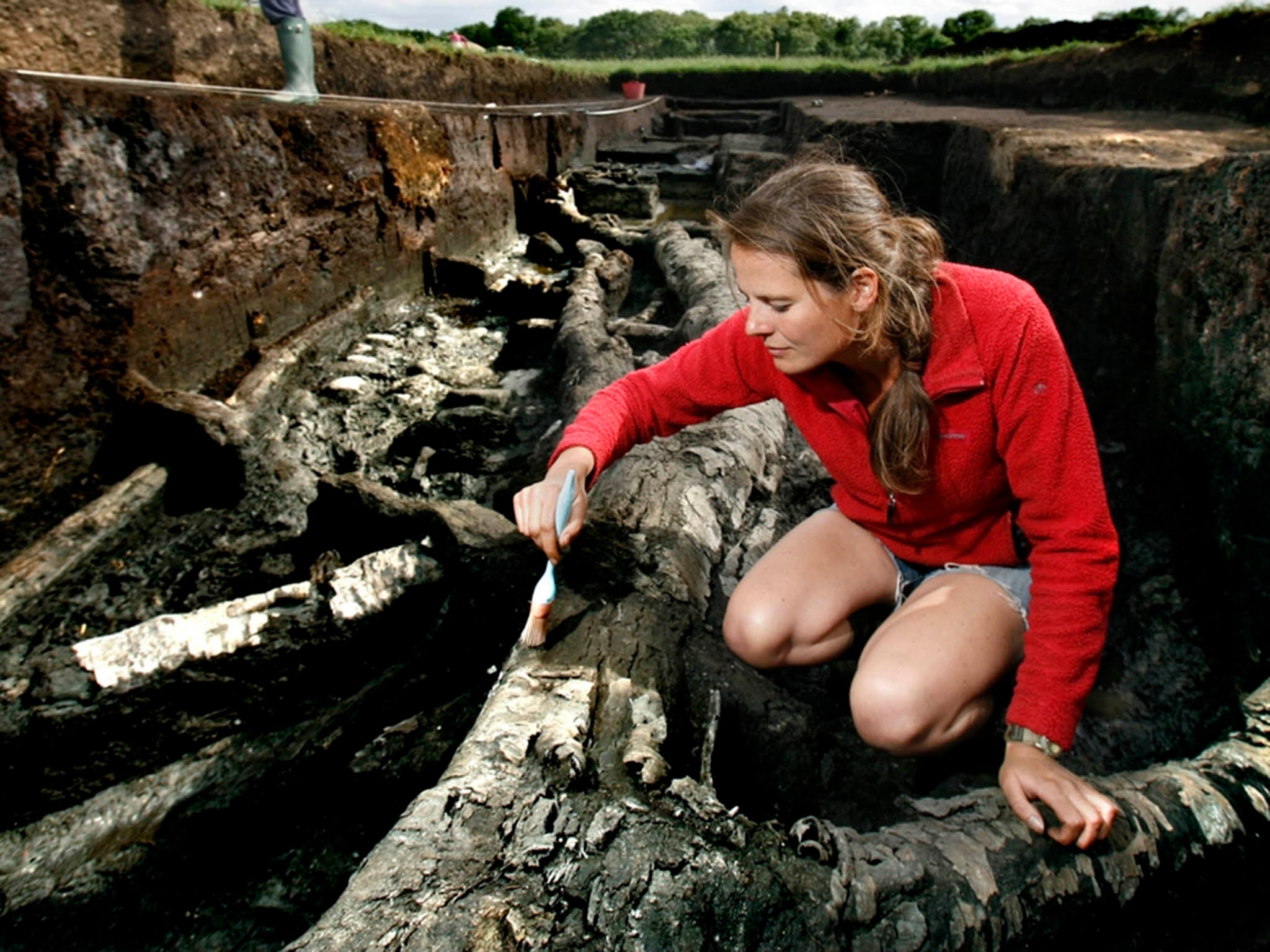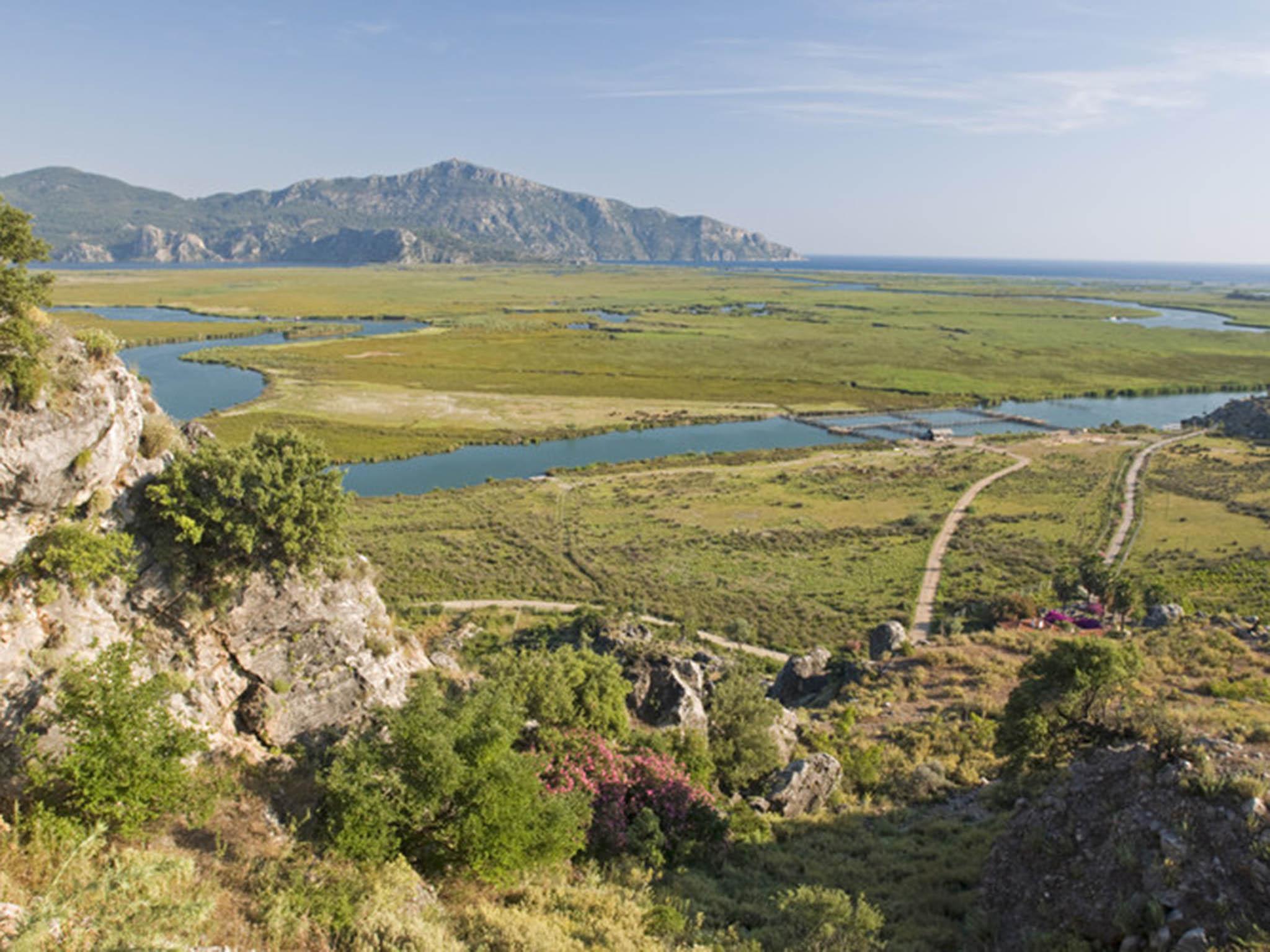Environmental change could be damaging some of the world’s most precious archaeology
Wetland disappearance is destroying organic historical evidence that's been preserved for thousands of years

Your support helps us to tell the story
From reproductive rights to climate change to Big Tech, The Independent is on the ground when the story is developing. Whether it's investigating the financials of Elon Musk's pro-Trump PAC or producing our latest documentary, 'The A Word', which shines a light on the American women fighting for reproductive rights, we know how important it is to parse out the facts from the messaging.
At such a critical moment in US history, we need reporters on the ground. Your donation allows us to keep sending journalists to speak to both sides of the story.
The Independent is trusted by Americans across the entire political spectrum. And unlike many other quality news outlets, we choose not to lock Americans out of our reporting and analysis with paywalls. We believe quality journalism should be available to everyone, paid for by those who can afford it.
Your support makes all the difference.Star Carr in North Yorkshire is perhaps the most important archaeological site in the UK relating to the Mesolithic period from the end of the last ice age. Archaeologists have discovered unique organic artefacts there that are over 10,000 years old. These include carved red deer antler headdresses, thought to be part of the earliest shamanic costume, and expanses of worked wood that display the earliest evidence of carpentry in Northern Europe.
But recent excavations at Star Carr have produced bone that was completely demineralised and wood that was severely compressed, representing the loss of valuable archaeological evidence. The problem was caused by environmental changes in the waterlogged soil that once preserved the evidence. And thanks to environmental changes related to things such as land modification and climate change, other important archaeology around the world could be at risk from similar destruction.
Wetlands like Star Carr and other waterlogged environments can preserve organic materials that are rarely found elsewhere. This is because the lack of oxygen in the environment prevents biological decay. This can provide unique evidence for how people lived and interacted with the natural environment, from the remains of prehistoric buildings to delicate ecological evidence such as plant and insect remains that tell us what past environments were like.
But wetlands across the globe are increasingly at risk from environmental changes including drainage, land development and climate change. Wetland loss can contribute to flooding, drought, coastal erosion and species destruction. But we also need to make sure the effects of this environmental change on the unique archaeological information found in many wetlands aren’t overlooked.

The evidence shows that the alarming deterioration of artefacts at Star Carr was the result of geochemical changes at the site. But the exact cause and timescale of these changes was until now unknown, making it hard to make decisions about how to mitigate or manage the problem.
In our most recent research, we recreated the environment of Star Carr in a lab by burying modern and archaeological bone and wood in peat taken from the site for a period of 12 months. We then used a number of chemical analysis techniques to measure how much the bone and wood had decayed and compared it to decay on artefacts excavated from the site itself.
Alarmingly, we found that within only 12 months the structure of the bone had completely transformed, visibly altering its appearance, This would make it much harder to work out things like its age and what kind of bone it was. We also found chemical changes in the wood, although decay was slower. In comparison, similar material buried in sand or garden compost for the same time period showed almost no change.
Rapid decay
The main reason for the rapid decay of evidence from Star Carr is the increased acidity in the ground caused by a recent drop in water levels. Field drains inserted near the site around the year 2000 reduced the water table – the level where the ground is permanently saturated – to below the archaeological horizons. This exposed sulphur compounds in the soil to oxygen, producing sulphuric acid. The loss of water in the ground also compressed the soil and the wooden artefacts within it, as well as creating more potential for biological decay.
Our experiments have also shown that the conditions at the site are causing the loss of organic archaeological material at an incredibly fast rate. This raises serious concerns for the continued survival of evidence buried there, and at other sites with similar conditions.
This decay causes an irreplaceable loss of our cultural heritage. The speed at which we now know it can happen means we need to take urgent action when other sites are similarly threatened. As many wetland archaeological sites are typically left unexcavated, we need to start working out the risk to the evidence they contain. If we don’t improve our understanding and monitoring of wetland conditions – and come up with strategies to manage them – then we stand to lose some of the world’s most valuable cultural assets.
This article first appeared on The Conversation (theconversation.com). Kirsty High is a research fellow, at University of York and Kirsty Penkman is a senior lecturer in chemistry, at University of York
Join our commenting forum
Join thought-provoking conversations, follow other Independent readers and see their replies
Comments